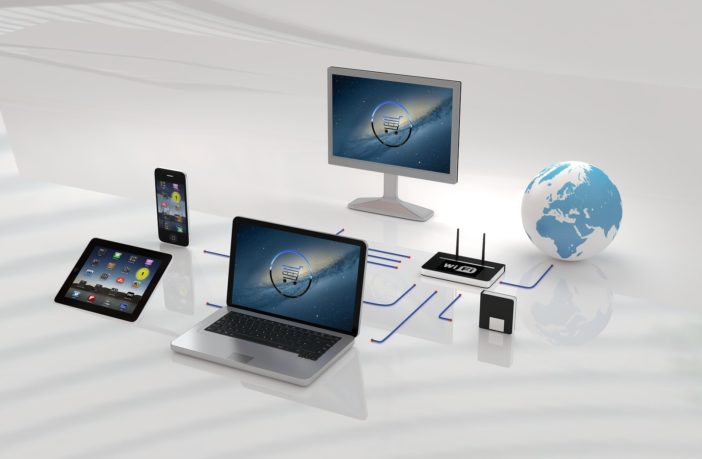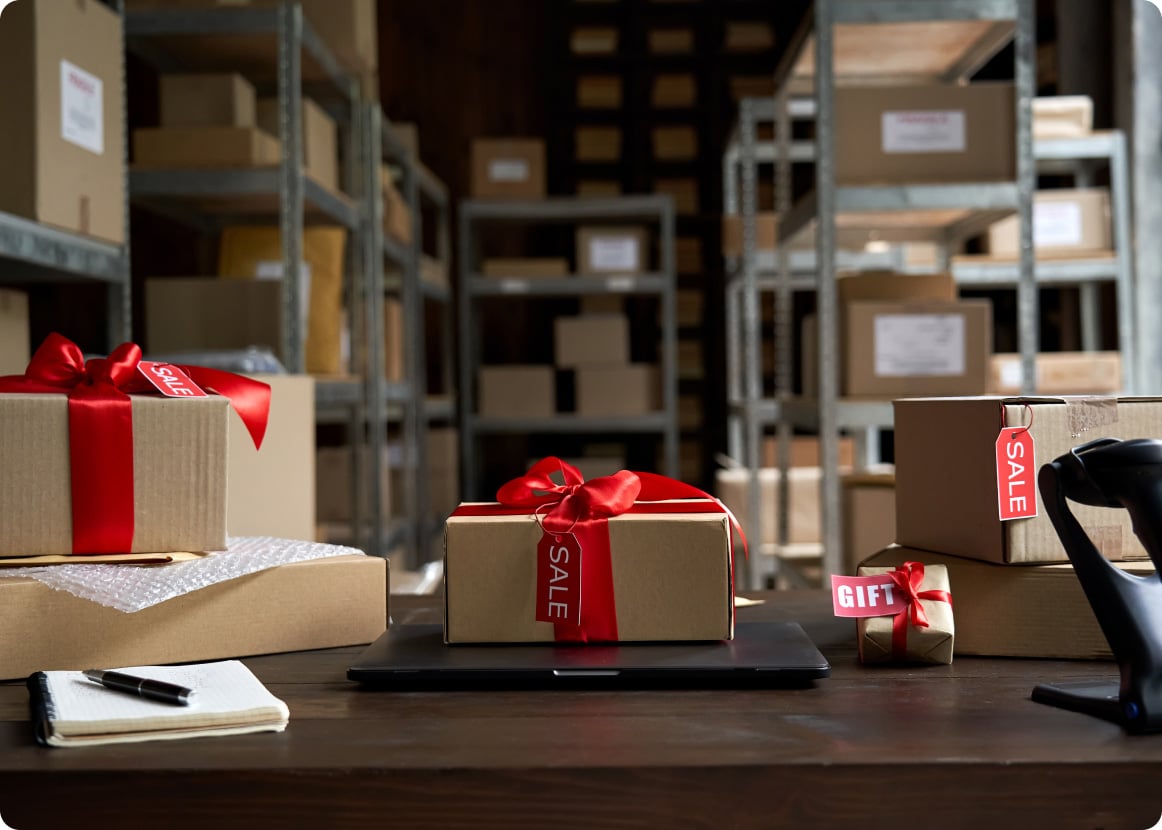Growth of ecommerce is undeniable and it goes through the multiplication of channels. Figures from Eurostat show for example that between 2008 and 2018 the percentage of EU companies selling via ecommerce rose from 13 to 20%. It is a worldwide trend developing at varying speeds in all countries. The retail sector has seen some of the greatest changes linked to the Covid-19 crisis. Many of these have accelerated the growth of ecommerce. The smallest shops, including some that may have had no digital presence in 2019, had to rapidly “go digital”. They started developing delivery services that they had never imagined before.
Other trends in retail are less visible, yet they are signs of significant and durable changes in consumer attitudes and behaviour. For example, the continuing invasion of social media into the purchasing process and the trend towards locally sourced and sustainably produced products.
Both ecommerce platforms and traditional bricks and mortar shops need to adapt and invent new solutions. Brands have to face the challenge of managing multiple purchase points. They also need to fully take on board the fact that delivery is an essential part of the shopping experience. The key players in the logistics sector have a big role to play in helping them. This role goes beyond that of transporting, packaging and warehousing. Logisticians need to be fully integrated in handling customer orders and to become actors in the after sales process.
Let’s look at some of the changes, both big and small, their impact on the supply chain and some of the solutions already in place or soon to be introduced.
Omnichannel marketing – An integrated shopping experience
At first, omnichannel marketing was an extension of multichannel marketing, which was limited to distribution and promotion. Now it is no longer just the merging of traditional retail outlets with websites or ecommerce.
Omnichannel involves every media that improves the customer experience. It brings mobile apps, social media and concepts such as virtual reality to the mix. The in-store experience with services and entertainment such as in-store screens bring the app and website into the physical store. It is all about coordination to ensure that the customer gets the same information wherever they look for it. The most visible implications in terms of logistics are the requirement to propose a wide variety of delivery options. For instance to respond to the fast increasing popularity of Click & Collect along with the need for improved reliability, greater interaction during the delivery process (like using confirmation codes instead of a signature, or more frequent text messages updates) and improved return options for the consumer.
Consumers are all influencers now
Ecommerce is no longer a question of simply browsing and purchasing on a merchant website but it involves more channels. Nowadays, social networks have become fully-fledged channels for ecommerce. In fact, consumers are active, interact and learn about what they consume on social media. They use them at all stages of the purchasing journey and mastering the interaction with consumers via social media has become a major challenge for brands.
Social media serves to express opinions on brands and recent purchases, sharing content on videos, social posts or comments on a variety of apps and websites. Every individual shopper is now a potential influencer. Messaging services and chatbots are now an essential part of the online customer journey providing vital support during the purchase and aftersales processes. Therefore, logistics services proposed should now incorporate the services to consumers. Find out more about how consumers are becoming actors in the retail and logistics chain by reading our article !
Logistics solutions are part of what brands need to do to respond
The result of all these changes is an ever more demanding consumer and vigorous competition between brands to provide the best possible customer service. A key is optimising product inventory across the numerous sales channels, ensuring that stock is available in each location and that all sales and distribution channels are updated in real time. To do this, supply chain operators need to master an OMS (Order Management System) ensuring its effective integration with online merchant websites and retailers’ customer ordering systems.
Moreover, an OMS manages orders from a variety of channels. It uses automated processing logic to identify the best options for fulfilling them online or instore and delivering to home or via a delivery point. A well-managed OMS results is a more effective delivery service for customers and greater profitability for the retailer. It is due to improved stock management and greater flexibility to handle spikes in activity across multiple distribution channels.
Customer service in-store or via centralised customer care is significantly improved when order and stock information from all channels and fulfilment centres is available. With a real-time, global view of stock, managers can easily help customers process orders and exchange or return products.
Versatile solutions from FM Logistic
As supply chains evolve FM Logistic continues to strive to deliver operational excellence. Our OMS can integrate orders from wherever you sell, from your physical stores, online marketplaces or webstores. Through a single dashboard you can manage all your ecommerce sales from all channels. Together we can develop supply and demand planning based on your sales forecasts. Customers benefit from our multiple delivery services including urban logistics solutions, on-demand local delivery and instant tracking. Finally, we can also handle returns directly with consumers providing quality control and restocking services for you.
Discover our tips for logistics choices to meet ecommerce consumer needs !



